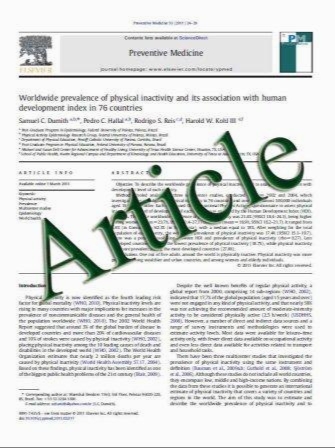Comparison of Gastrointestinal Morbidity After Norwood and Hybrid Palliation for Complex Heart Defects
- نوع فایل : کتاب
- زبان : انگلیسی
- مؤلف : Scott L. Weiss • Jeffrey G. Gossett • Sunjay Kaushal • Deli Wang • Carl L. Backer • Eric L. Wald
- چاپ و سال / کشور: 2011
Description
This study aimed to compare the incidence of gastrointestinal complications among infants with singleventricle heart defects after three first-stage palliation strategies: Norwood-modified Blalock–Taussig shunt (mBTS), Norwood right ventricle-to-pulmonary artery conduit (Sano), and hybrid procedures. A retrospective chart review was performed in a pediatric cardiac intensive care unit at a tertiary care medical center. The subjects were 32 neonates who had undergone single-ventricle palliation including 13 NorwoodmBTS, 11 Sano, and 8 hybrid procedures. The measurements included baseline as well as pre- and postoperative patient characteristics. The primary outcome was postoperative intraabdominal complications, and the secondary outcomes were feeding intolerance and necrotizing enterocolitis (NEC). Intraabdominal complications occurred for 34%, feeding intolerance for 13%, and NEC for 13% of the patients. The hybrid patients had a higher incidence of intraabdominal complications (75%) than theNorwood-mBTS (31%) or Sano (9%) patients (P = 0.01).The relative risk for intraabdominal complications in the hybrid group was 3.6 (95% confidence interval [CI], 1.5–8.7). In themultivariate analysis, the hybrid procedure remained an independent predictor of intraabdominal complications (hazard ratio, 8.4; 95% CI, 2.0–34.5). The hybrid, Norwood-mBTS, and Sano patients did not differ significantly in terms of feeding intolerance (25, 15, and 0%, respectively; P = 0.25) or NEC (25, 8, and 9%; P = 0.46). Gastrointestinal morbidity was common regardless of the palliative approach, although the hybrid patients had the highest incidence of intraabdominal complications. This supports the need for caution in using enteral nutrition with all single-ventricle patients, including the hybrid population. Patients undergoing the hybrid procedure may benefit from implementation of standardized feeding protocols.
Pediatr Cardiol (2011) 32:391–398 DOI 10.1007/s00246-010-9864-9 Received: 31 August 2010 / Accepted: 7 December 2010 / Published online: 25 December 2010


